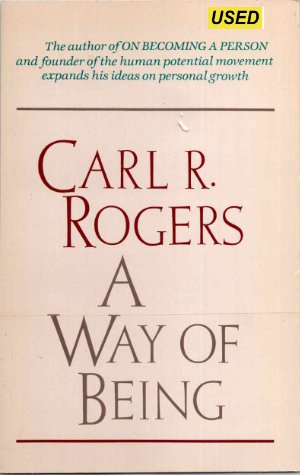MARSHALL R. JONES, Editor
The "Nebraska Symposium On Motivation 1963" offers a unique glimpse into the realm of psychological research at a pivotal moment in history. Featuring contributions from leading experts in the field, this symposium delves into the intricate workings of human motivation, shedding light on topics ranging from cognition and behavior to emotion and personality. Delve into the thought-provoking discussions and groundbreaking theories presented at the 1963 symposium, exploring the enduring relevance of these insights in understanding the complexities of human motivation. A must-read for scholars and enthusiasts alike, this book stands as a testament to the enduring legacy of the Nebraska Symposium On Motivation series.
Nebraska. University Of Nebraska Press. 1963. Vol.9. 210p.















